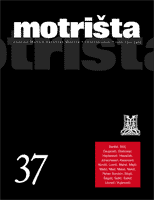

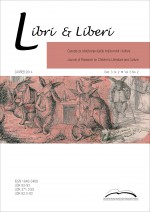
Keywords: Ivana Brlić-Mažuranić; Academy membership; South Slavic Academy of Sciences and Arts; nominations for the Nobel Prize; Gavro Manojlović; Tales of Long Ago
The paper offers an analysis of documents and meeting records related to the election of Ivana Brlić-Mažuranić to the South Slavic Academy of Sciences and Arts in Zagreb. The survey of the records and the Academy register reveals that Ivana Brlić-Mažuranić was accepted as a corresponding member of the Academy when she was nominated for the second time, in 1937, being the first woman to be awarded the honour. Scrutiny of the letters and documents related to the Nobel Prize for Literature nominations of Ivana Brlić-Mažuranić shows that there were four nominations for her in all. The first two nominations (in 1931 and in 1935) were signed by Gavro Manojlović, President of the Academy at the time, and the other two nominations (in 1937 and in 1938) were signed both by Manojlović and by Albert Bazala, who had become President of the Academy by that time. Neither of these proposals was officially initiated by the Academy. The final section of the paper is dedicated to an analysis of Gavro Manojlović’s treatise on Brlić-Mažuranić’s masterpiece, Tales of Long Ago, which was included in the Nobel Prize nomination documents.
More...Keywords: Mala teatarska forma; nusprodukti; prijetnje društvu; tabuizacija; angažiranost; zatvoreno društvo
Globalizacijske vratolomije proizvode mnoge nusprodukte koji pogubno djeluju po pojedinca, grupu i društvo. Svakim danom sve više na površinu izbijaju neke teme koje su značajnim dijelom tabuizirane i o kojima se nije govorilo. Međutim, da bi se sve pojave kao nusprodukti jednog vremena i određenih društvenih procesa razobličile neophodno ih je pokazati i o njima javno govoriti. Javnost i ponovno njihovo propitivanje izmjestiće ih iz područja prikrivenosti i tabua u prostor životne realnosti. U tom ambijentu se treba suočiti sa njima i nastojati eliminisati što više njihovih uzroka. Potpuno se nijedan nusprodukt ne može eliminisati iz društva ali se može staviti pod društvenu kontrolu i nadzor, a to je nešto što je u uslovima rizičnog društva itekako dobro i poželjno. Kroz malu produkcijsku teatarsku formu teme koje su ozbiljne prijetnje društvu vrlo brzo, mobilno i efikasno se prenose doživljavaocima teatra. Možda će u jednom trenutku pozorišnog čina nastati muk u gledalištu, ali on će biti ljekovit po društvo. Jer, pozorišni čin svojom angažovanošću, pokretljivošću i uvjerljivošću tumačenja kreacije razobličava na veoma efikasan način ono što može imati pogubne posljedice. Na taj način mala teatarska forma ima ulogu misionara širih društvenih konotacaja o kojima zbog zatvorenmosti društva nije moguće javno govoriti drugim sredstvima, do onim teatarskim.
More...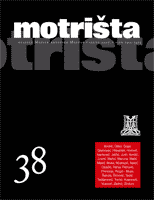
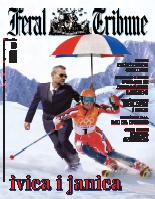
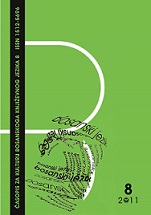
Keywords: language; language standardization; Bosnian Franciscans; journal Dobri pastir; journal Nova et Vetera
In linguistics, the period from 1950. to 1990. is characterized by important changes in standardization processes in the languages of the Central South Slavic diasistem: from the idea of unification of the language, the creation of the joint Croato-Serbian/Serbo-Croatian language, to its dissolution. Based on the corpus taken from the journals Dobri Pastir and Nova et Vetera published by Franciscan Province Bosna Srebrena , this paper has tried to show if and how much the situation with language, wich originated under the influence of social circumstances and government-influenced language politics, affected the written language of Bosnian Franciscans and to what degree. Furthermore, the paper investigated to what degree the language of the journals Dobri pastir and Nova et Vetera can be placed within the structure of the Croatian standard language.
More...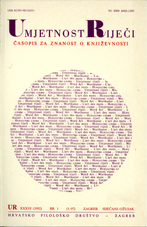
The paper discusses the notion of tradition in various cognitive systems, elucidating the question of distinctions between the biological and culturological approaches. Taking into account the importance of language as a spiritual medium he stresses the role of deliberation in debates on tlie history of culture. In the second part of the paper individual insights on literary issues are applied to the literature of the Southern Slavs.
More...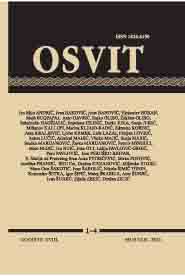
PERO ŠIMUNOVIĆ (21. prosinca 1949. – 15. prosinca 2012.) NIKOLA MARTIĆ (5. kolovoza 1938. – 29. siječnja 2013) STOJAN VRLJIĆ (28. travnja 1950. – 13. travnja 2012.) RAJKO GLIBO (24. listopada 1940. –17. rujna 2012.) LUJO MEDVIDOVIĆ (17. listopada 1950. – 4. siječnja 2013.)
More...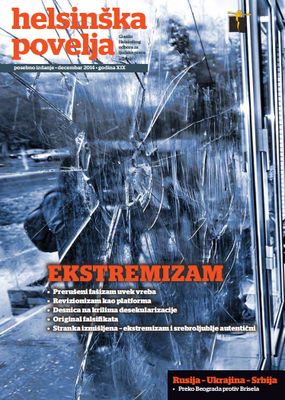
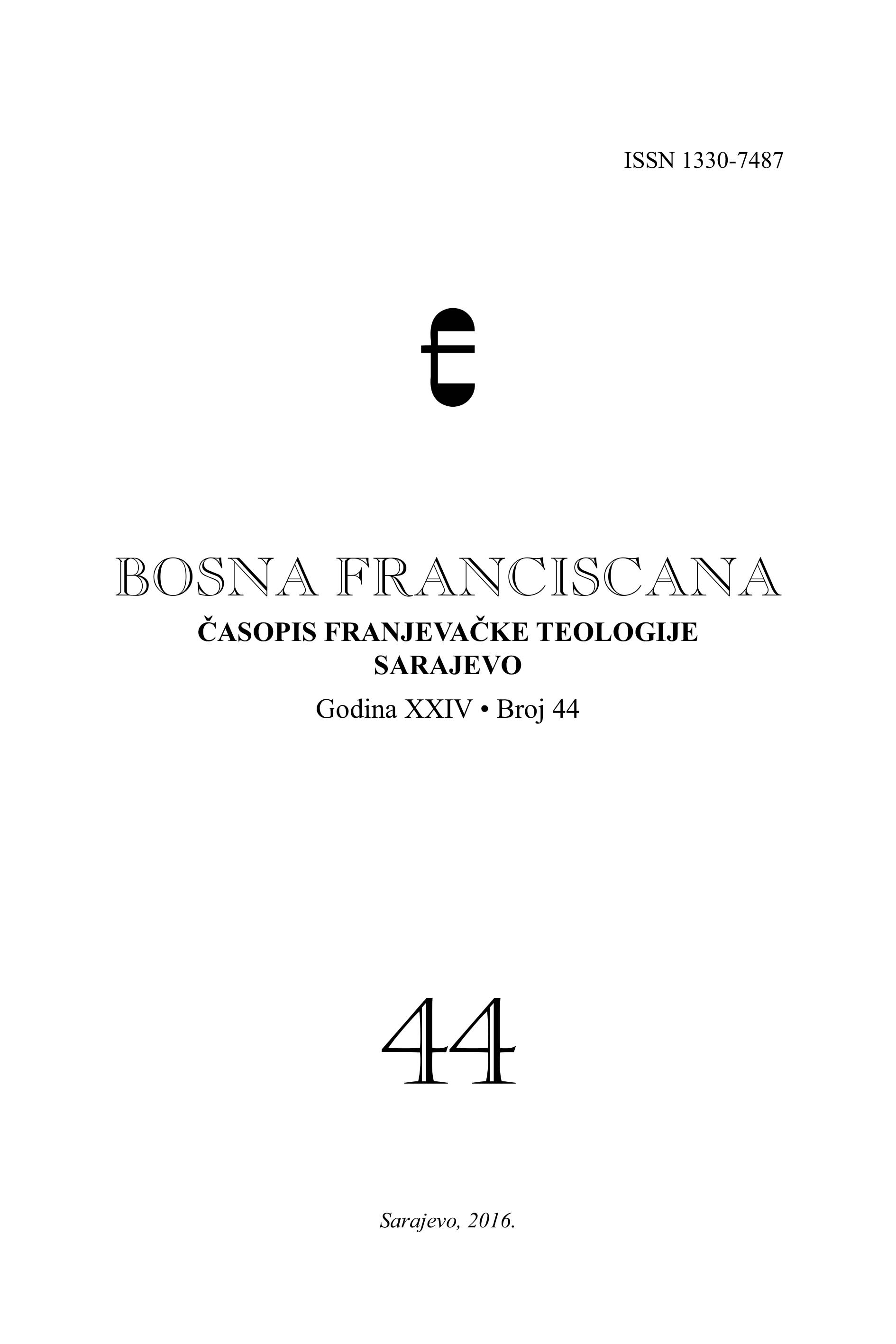
in memoriam to Krunoslav Pranjić (Zenica, 1931. – Zagreb, 2015.)
More...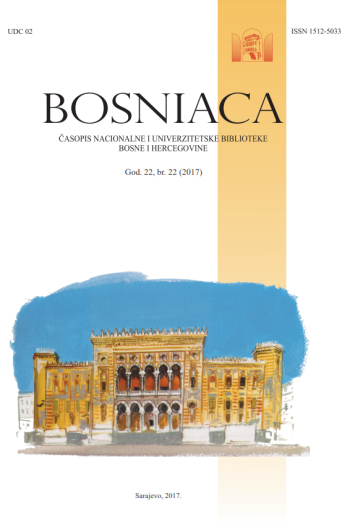
Keywords: current national bibliography; National and University Library of Bosnia and Herzegovina; legal deposit; bibliography of Bosnia and Herzegovina; COBISS system;
The National and University Library of Bosnia and Herzegovina is a central, state library that creates and publishes the current national bibliography of books, serial publications and supplements in serial publications, based on a legal deposit. The aim of this paper is a shorter historical review of the current national bibliography production in Bosnia and Herzegovina, from the first “Bosanskohercegovačka bibliografija knjiga i brošura 1945–1951” (Bosnian-Herzegovinian bibliography of books and brochures 1945–1951), by Đorđe Pejanović in 1953, until the year 2017, when Bosanskohercegovačka bibliografija monografskih publikacija. NIZ A za 2013. godinu (Bosnian-Herzegovinian bibliography of monographic publications. Series A for 2013) and Bosanskohercegovačka bibliografija priloga u serijskim publikacijama. NIZ C, God. 14, sv. 14 (Bosnian-Herzegovinian bibliography of supplements in serial publications. Series C, year 14, vol. 14) were published. It is also a reminder of the librarians and bibliographers who created these bibliographies and left them to us in legacy. National bibliography has informative, educational, scientific and cultural significance.
More...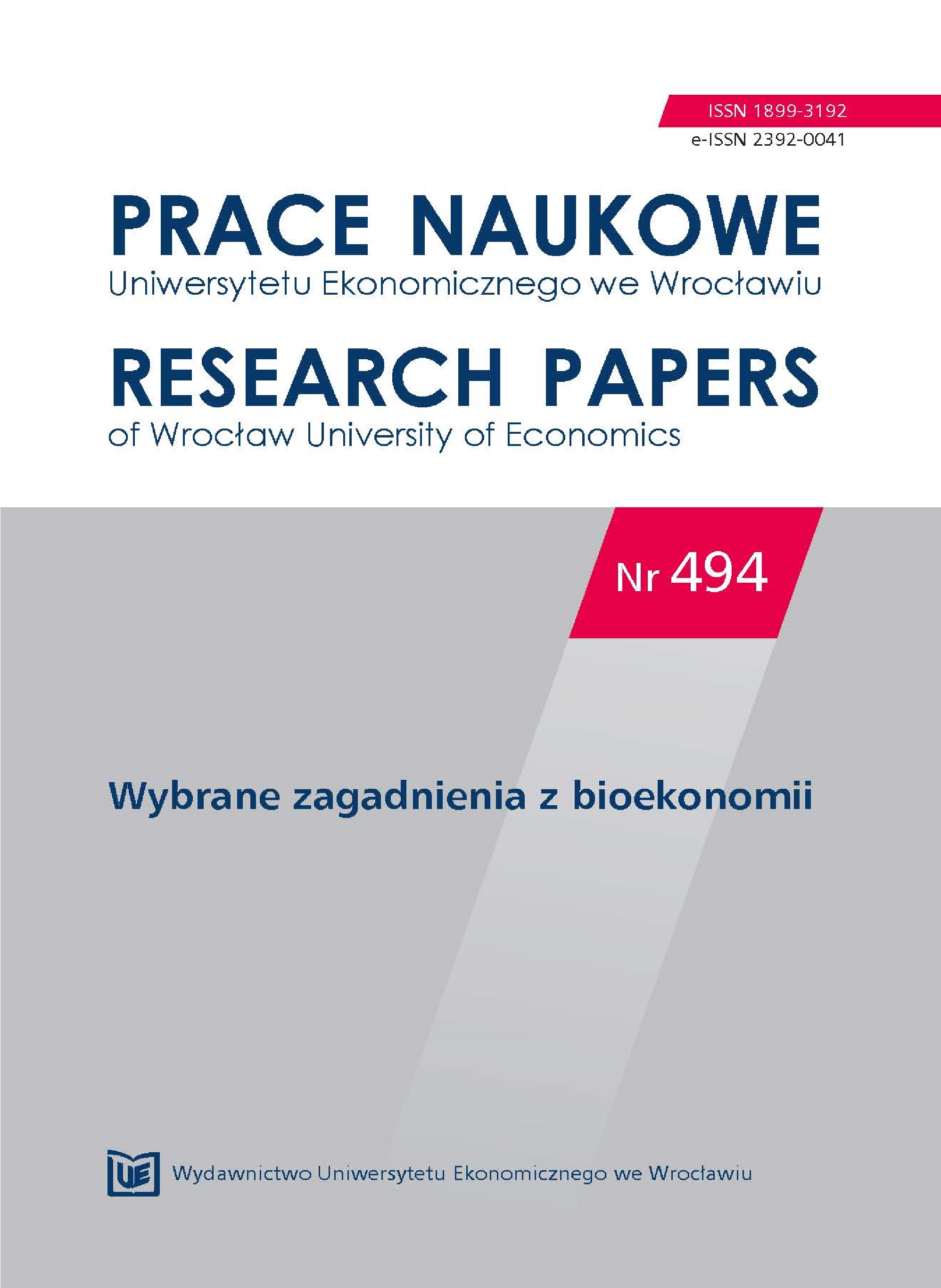
Keywords: buckwheat; gluten-free bread; chestnut; corn; chickpeas; pigweed
Development of new food products with special health functions is a challenge for the modern food industry. Buckwheat is a valuable raw material used for the production of functional food and special nutritional purposes. The development of new food products with special health properties is growing and it is a challenge for the modern food industry. An attempt was made to create a new type of bread resulting from the fermentation of white buckwheat whole grains with addition of various kinds of flours such as amaranth, chickpeas, chestnuts, buckwheat and maize. The effects of the type and amount of gluten-free flour on the texture profile, moisture content, acidity, crumb feature, crumb and skin color and sensory properties of bread was investigated. The best results characterizing the structural and sensory properties proved to have a product produced from buckwheat groats with 10% addition of either amaranth or chestnut flour.
More...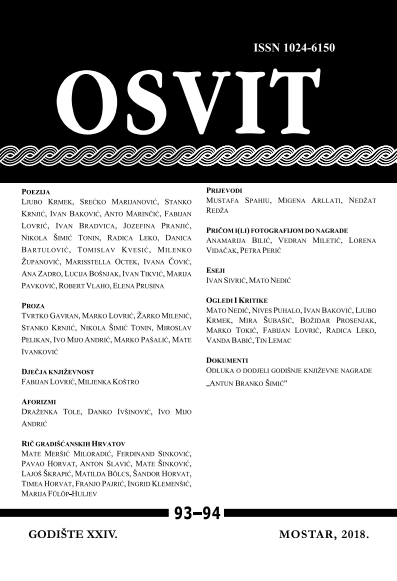
Keywords: Mak Dizdar;
Pjesnička je večer. Mi studenti s Filozofskoga smo uglavnom svi pisali pjesme, većinom za sebe, a neki su čak javno objavljivali, kad bi im urednik prihvatio rukopis. Teško je išlo s objavljivanjem. Zato su mnogi odustali pronalazeći različita opravdanja. Bili smo zahvalna publika i toga puta. Ali pjesme su tada čitali samo afirmirani pjesnici koji su bili poznati i izvan svoje staleške organizacije. Neki su već bili i u čitankama za razrede osnovnih i srednjih škola.
More...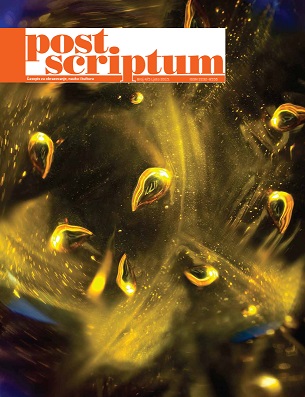
Keywords: Cyrillic inscription; grapholinguistics; paleography; basics of graphetic level of inscriptions;
Before the invention of technical and technological achievements, writing was the only means of preserving the human word, and knowledge of the past is mostly obtained from historical written monuments. This paper aims to present a grapho-linguistic analysis of Cyrillic Trebinje Inscription of the Župan Grd, from the point of graphetics, and according to the principles of traditional and modern paleography. The data for the paper is retrieved from Marko Vega’s Book of proceedings of medieval inscriptions of Bosnia and Herzegovina, as well as the original photos of the inscriptions from aforementioned necropolises.
More...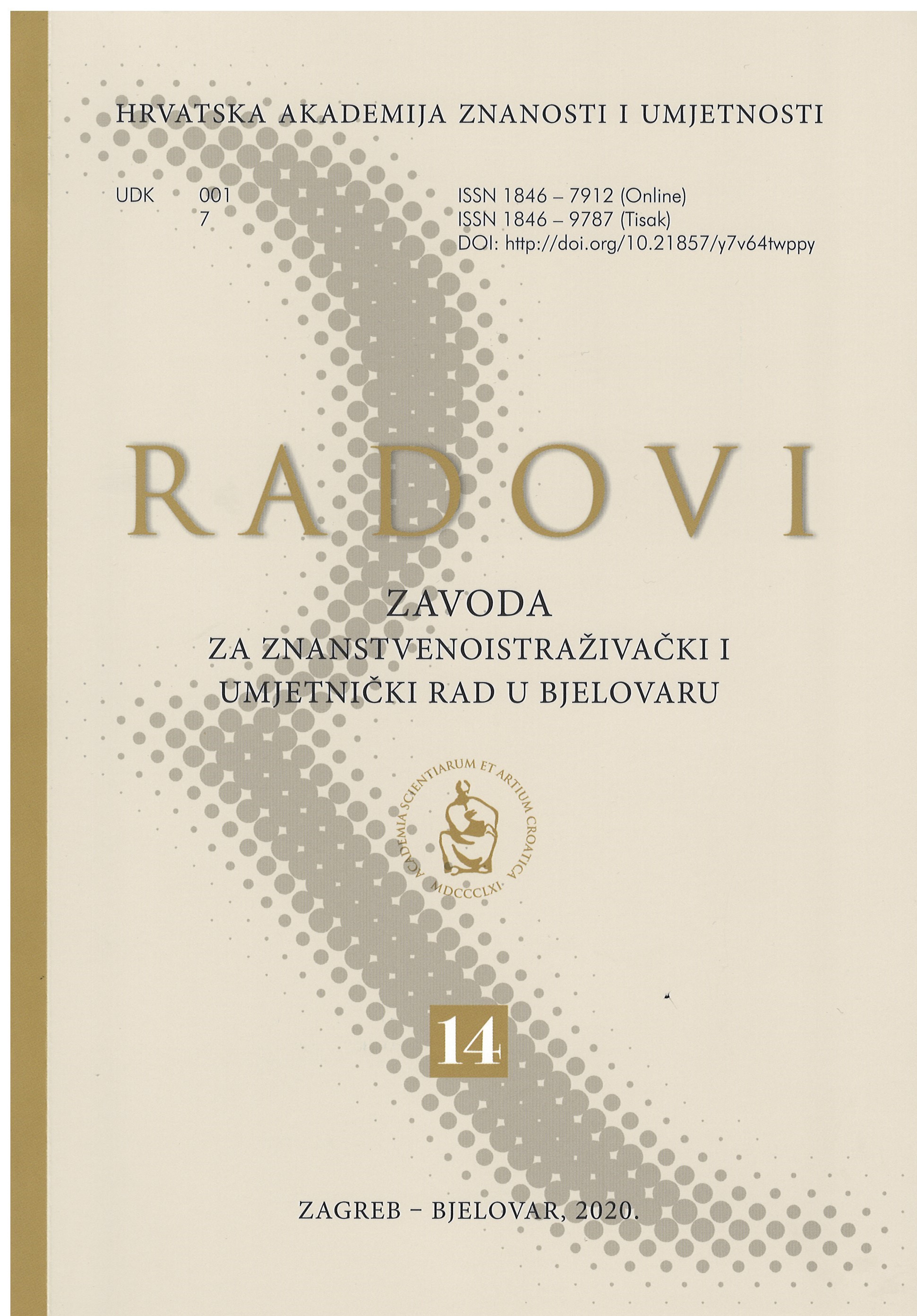
Keywords: Bjelovar; economy; Sirela; Koestlin; Tomo Vinković; transition;
This paper offers a brief survey of the industry in Bjelovar during the socijalist period (1945–1990), with the aim of and focus on explaining and presenting the crisis of the socialist model of government in the late 1980s and the economic transition of three major companies in Bjelovar active in this period (Koestlin; Tomo Vinković; Sirela) to new, private-market businesses following the downfall of Yugoslavia and after the formation of the independent Croatian state. This phase was a difficult one for all three companies; the result was that two of them have survived in the new circumstances, whilst one has not. The choice of the subject companies in this paper as examples of the economic transition of Bjelovar has been partial, so that the conclusions may not be applied to the entire economy of Bjelovar in the socialist period, which has, to the most part, not managed to survive the Croatian model of the economic transition era.
More...Keywords: bankruptcy; offsetting claim; set-off; cession; insolvency; creditor
This article discusses a concept of legally permitted and limited offsetting in bankruptcy according to the law of the Republic of Serbia, with comparison to earlier regulations where the offsetting occurred by the force of law, as the legal consequence of initiating bankruptcy proceedings. Legal provisions, legal practice, opinion of the jurisprudence on general and special terms about the right to offset the claims in bankruptcy in the Republic of Serbia, as well as in the countries in the region, have been presented. Relevant legal solutions from laws on bankruptcy of Montenegro, Republic of Srpska, Republic of Croatia, and the Republic of Slovenia have been reviewed. Offsetting claims in bankruptcy proceedings are in principle allowed in regional countries as well. Regarding the effect of bankruptcy on the right to offset the claims, there is a great similarity among the legal solutions in regulations of above mentioned countries, except for the Republic of Slovenia. The Republic of Slovenia retained the broadest concept of legal compensation as a legal consequence of initiating bankruptcy proceedings, which constitutes an important difference compared to restrictive solutions of the Serbian bankruptcy law and regional legislation.This article aims to show to the business entities operating in the region, through comparative legal analysis, different conditions and procedure of offsetting in bankruptcy in national legislation, bearing in mind the importance of this legal institution, which allows the creditors to fully collect their claims outside the bankruptcy payment lines, and regardless of the number of available funds in the bankruptcy estate.
More...Keywords: problem-focused reporting model; well-being reporting model; constructive journalism; solution journalism; news values
Since 2015, the phenomenon of constructive journalism has been men¬tioned in communication theory and practice. Theorists agree that this is a novelty approach of journalism, but there are still terminological doubts when it comes to the precise conceptualization of this direction. Constructive journalism is identified as a direction, a tool, a form, a kind, a concept, as a new philosophy or culture of news. In this paper, we made a metatheoretical analysis of available scientific, qualitative and quantitative research on the concept of constructive journalism. We offered a unique definition, characteristics, role, basic principles, specifics in relation to other journalistic directions and the historical development of constructive journalism. We introduced constructive journalism as a new type or concept of reporting focused on a positive inter¬pretive framework imbued with optimism in which the journalist acts proactively and goes beyond presenting an existing problem. In this journalism type, journalist try to discover possible solutions and examples of good answers to a problem that have already been successfully implemented somewhere, and could be imitated in a specific social context in the present or the future, and in that way answers to the question What to do next. Ultimately, it contributes to the creation of a new culture of news in which the interpretative framework is definitely changing, but media reporting agenda remains the same. The second part of the paper presents results of empirical research obtained by the methods of quantitative content analysis and examination using the written survey technique. The analysis of the content of the Bosnian media (N=663) showed that jour¬nalism in Bosnia and Herzegovina is dominated by the classic problem-focused model of reporting with a focus on conflict and negativity as the dominant values of the news. In their answers, citizens (N=445) have shown that they prefer some of the elements of constructive stories.
More...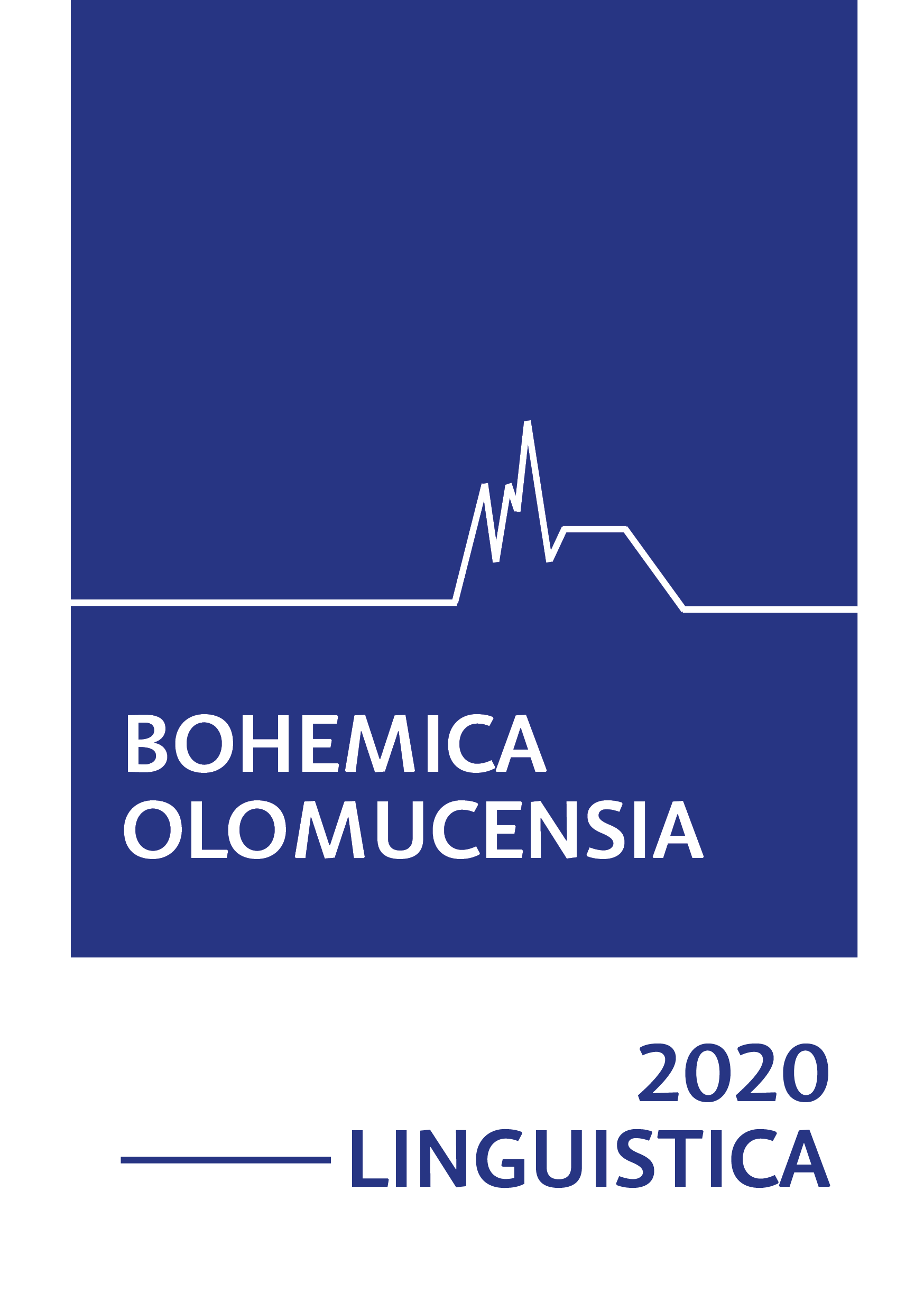
Keywords: FgCap VlaThem lexis; newly discovered Glagolitic parchments; Glagolitic fragments from the 13th century; Croatian Glagolitic homiliary; Capuchin Library in Rijeka
The author publishes the results of the first research of the FgCap VlaThem lexis (2 fragmentsof parchment that she discovered in the Capuchin Library in Rijeka 2007). It isa two-leaf parchment of Croatian Glagolitic homiliary from the 13th century.
More...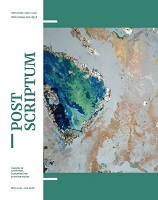
Keywords: phraseology; phrasem; phraseological components; phrase scheme; metaphor; metonymy; synegdoch; periphrasis; hyperbole; euphemism; irony; antithesis; comparison;
Phrases whose problems are in this paper are excerpted from the works of Martin Mikulić, a Herzegovinian Franciscan writer. Mikulić left behind a great literary wealth worth scientific observation - especially in the field of phraseology. Namely, the paper deals with the semantic aspect of phrases created through different tropes. The phrases created through metaphor, ie. metaphorical formulas where, for example, the loss of a head is equal to the loss of life. Other examples have been created according to the same principle, where body parts appear as components of phrases and other various components can be found. In addition to phrases created through metaphor, metonymy, synagogue, the material also confirms phrases created through periphrasis, hyperbole, euphemism, irony, antithesis and comparison. In addition, attention in this paper was focused on the definition, form and structure of phrases. Thus, the material confirms phrases with one full word, phrases with two or more independent words with or without auxiliary words, as well as phrases of a sentence. In the scientific literature, many authors share the opinion that the structure of phrases is usually solid, which is not shown by the examples from the corpus where a certain type of change in the structure of phrases was made. Apart from variant forms in which there is no change in meaning but in expression, so it is one or more alternative forms of phrases - other modifications are reflected in the fact that the order of components in the phrase is not solid and stable, that it is possible to replace one component the second as well as in changes of syntactic nature (prepositional-case connection), then the addition of certain components as well as the reduction of components, etc. The corpus confirms phrases whose phraseological components have lost their denotative meaning as well as examples where some of the phraseological components retain their denotative meaning.
More...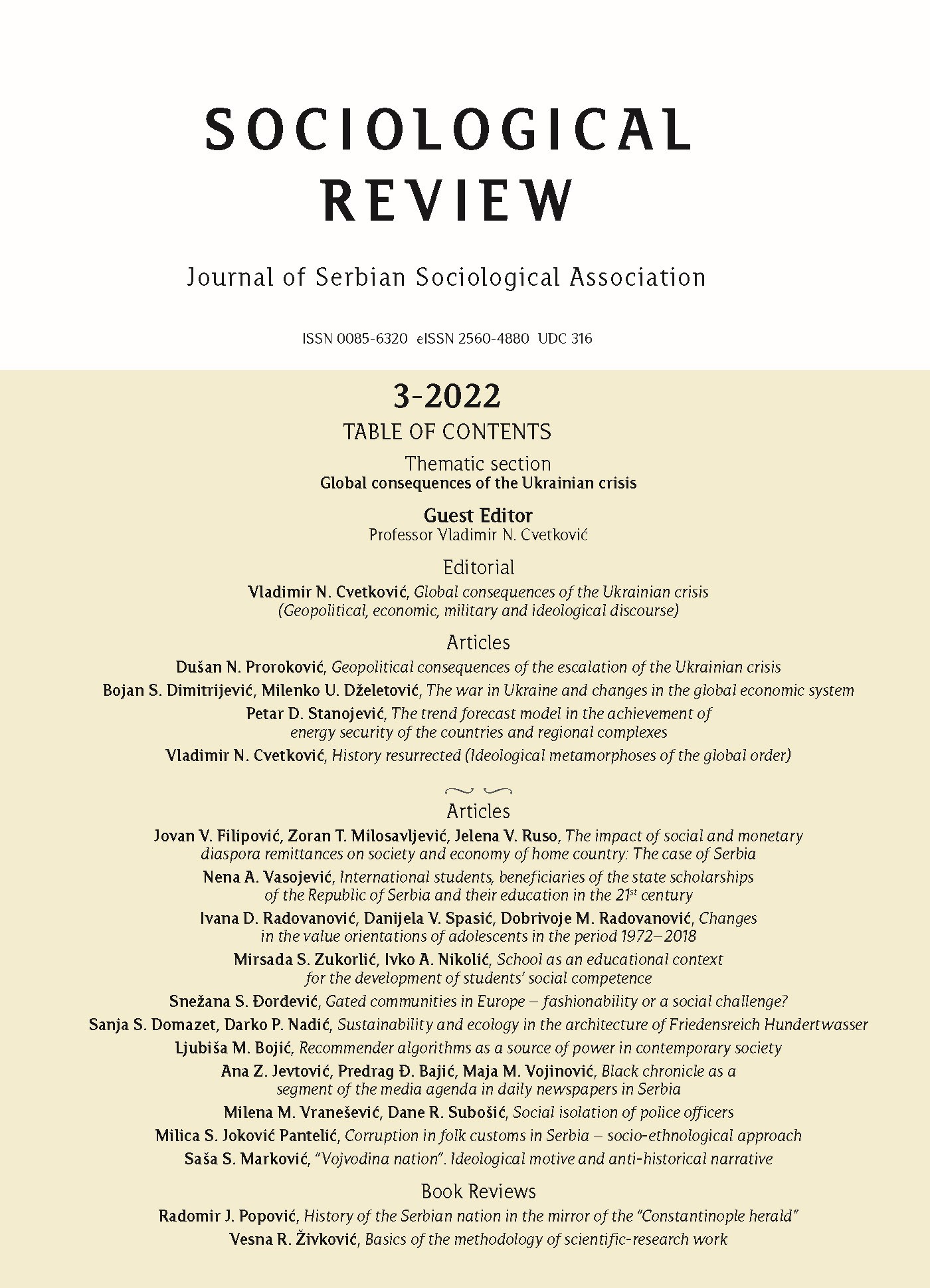
Keywords: school environment;students’ social competence;social constructivism
The paper discusses the possibilities of developing the social competence of students at school using the method of theoretical analysis. The school is expected to adapt its way of working with students to new needs, in order to develop certain segments from a number of individual and social abilities as a capacity for social success – social competence. The school, with its educational mission, within which the role of teachers is crucial, encourages social competences through: acquiring and expanding students’ social knowledge and understanding of social reality; drawing students’ attention to other people’s feelings and interests; encouraging alternative interpretations of other people’s behaviour; providing students with assistance in active participation in discussions; assisting students in discovering common features; supporting communication between students (fostering verbal and nonverbal communication); encouraging the constructive cooperation among students; strengthening empathy and strengthening altruism).
More...